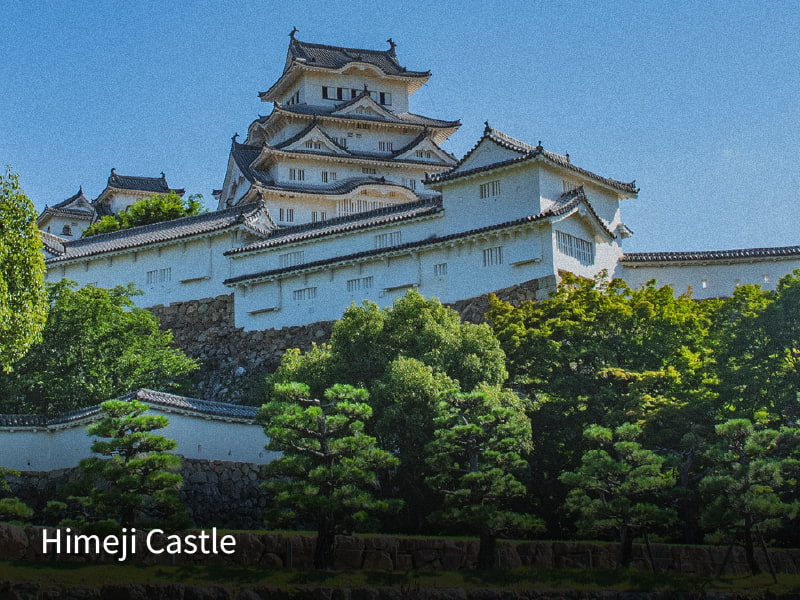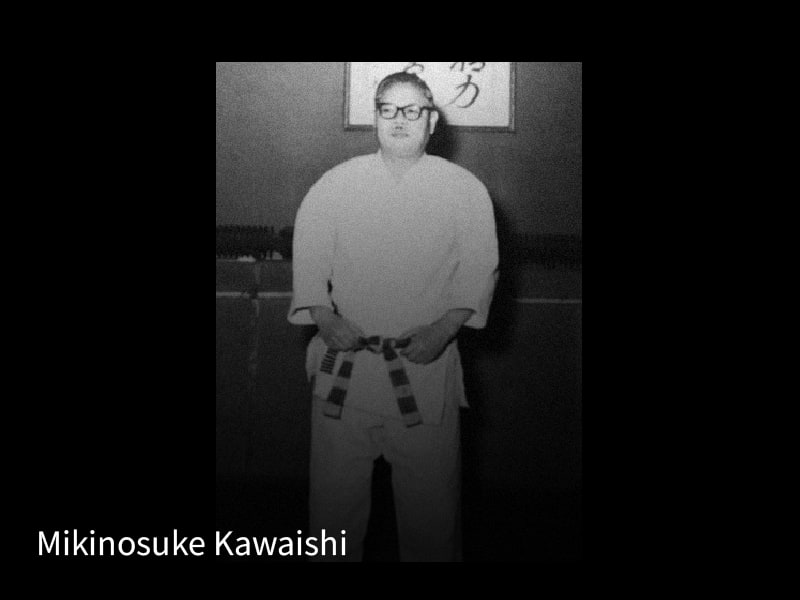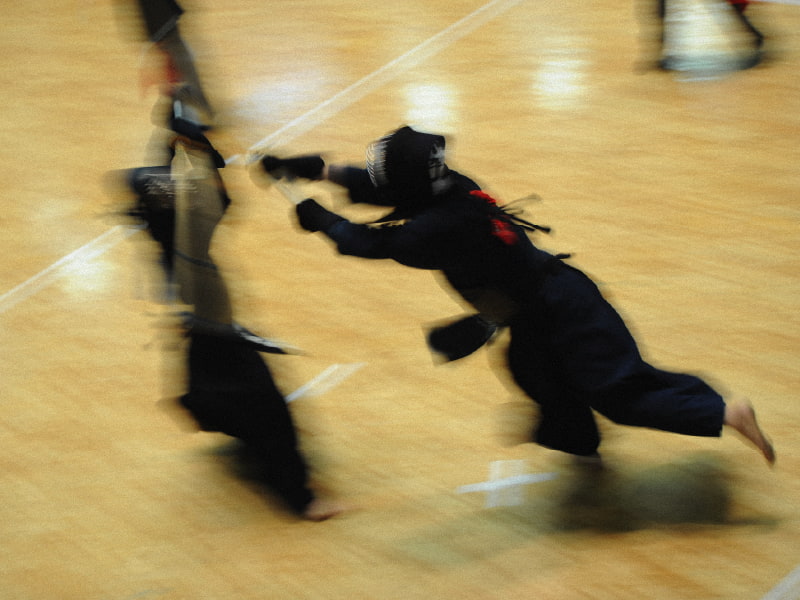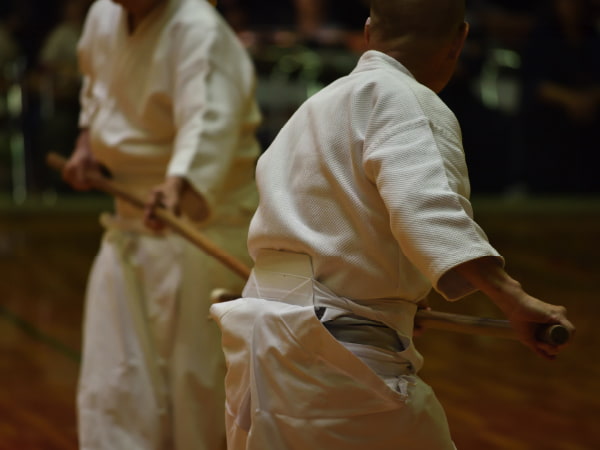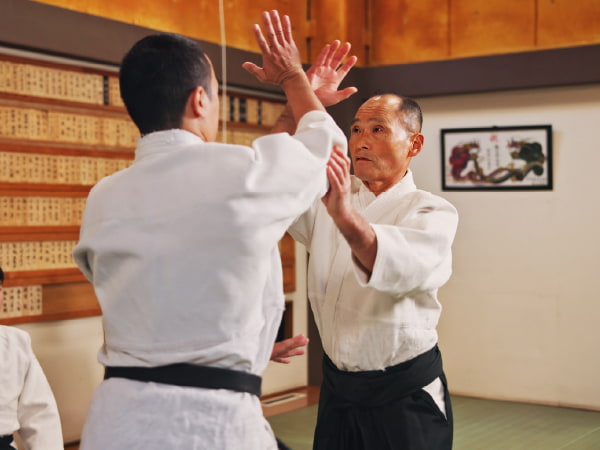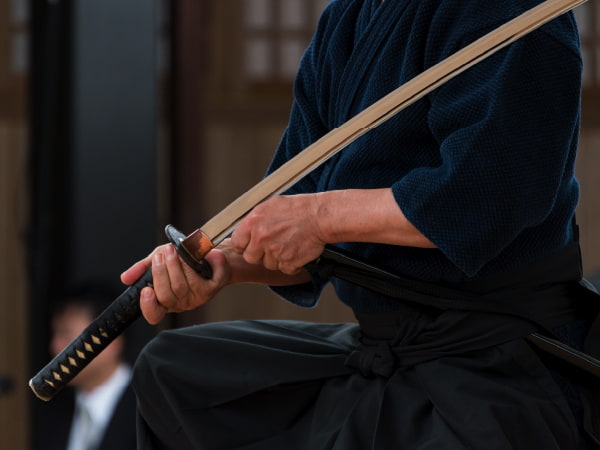What is Budo?
Its Mind and TechniquesBudo is derived from the tradition of bushido. It is an athletic culture of mind and technique unification through the discipline of martial arts that has been systematized in Japan and is the collective name for judo, kendo, kyudo, kyudo, sumo, karate, aikido, shorinji kenpo, naginata, and bayonet. Budo is also a path of human development that trains the mind, technique, and body, polishes character, raises moral values, and fosters respect for courtesy.
| Budo was originally born as a self-defense art, and shooting arrows and sumo wrestling were also used to ward off evil spirits and pray for a bountiful harvest. Around the middle of the Heian period (794-1185), armed soldiers who engaged in warfare as a profession began to appear, and this led to the emergence of the samurai. From the Kamakura period (1185-1333) to the Meiji Restoration (1868), the samurai ruled the world for about 700 years, which contributed to the development of the Japanese budo (martial arts). | 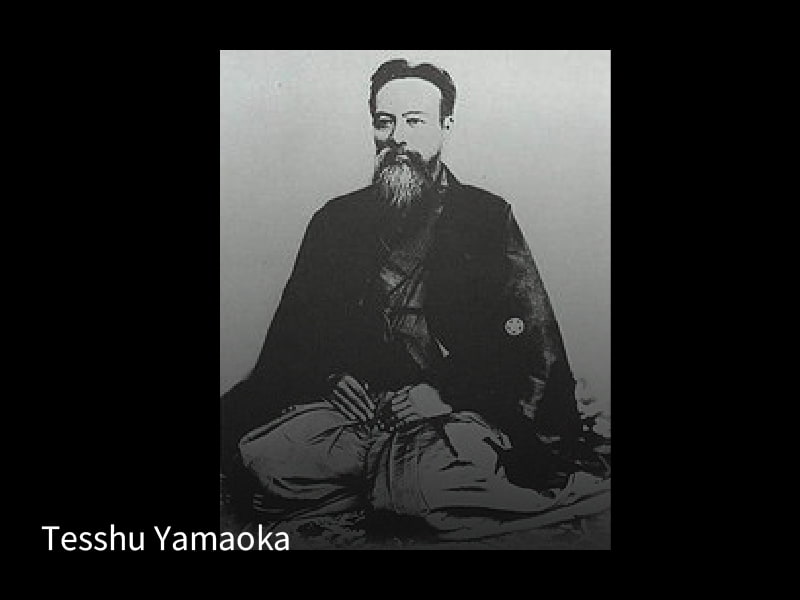 |
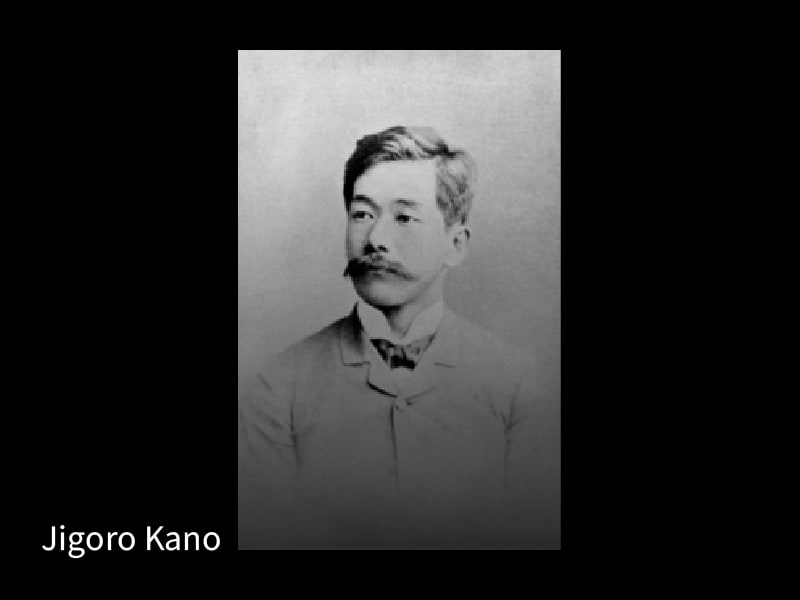
| With the Meiji Restoration, the samurai class disappeared and the martial arts declined rapidly, but two figures brought light to martial artists: the swordsman, Tesshu Yamaoka, who preached that “swordsmanship was a form of cultivation”, and founded the “Shunpukan” dojo, and Jigoro Kano, who compiled jujutsu and founded “Kodokan” Judo. Kano advocated the three objectives of judo as “physical education, victory, and discipline,” and sought to utilize judo in school education, aiming to educate people with wisdom, virtue, and physical strength.
Kendo and Judo. Despite the differences in their characteristics, both Jigoro Kano and Tesshu Yamaoka shared the idea that the training of mind and body to attain the Way through the arts is the foundation of life. The spirit remains alive today as a universal value of budo. |
|



